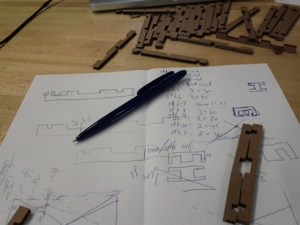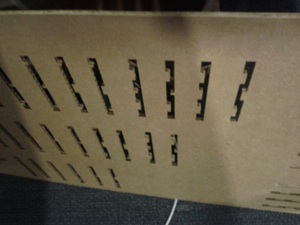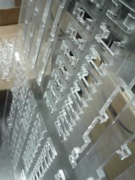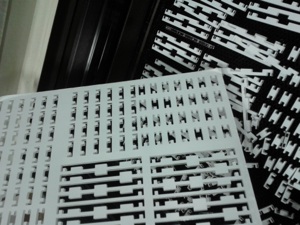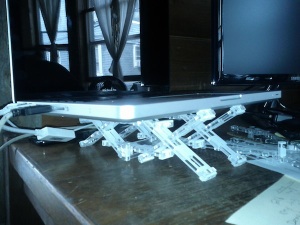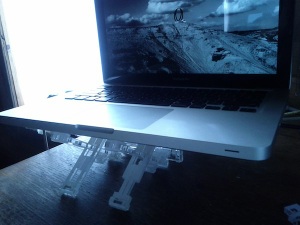__ __ __ __ ______ ____ __ __ __
/'__`\ /'__`\ /\ \\ \ /\ ___\ /'___\ /'__`\ /'_ `\ /'__`\
/\_\L\ \ /\ \/\ \ \ \ \\ \ \ \ \__/ /\ \__/ /\ \/\ \ /\ \L\ \/\ \/\ \
\/_/_\_<_\ \ \ \ \ _______\ \ \\ \_\ \___``\ _______\ \ _``\ \ \ \ \ _______\ \___, \ \ \ \ \
/\ \L\ \\ \ \_\ \/\______\\ \__ ,__\/\ \L\ \/\______\\ \ \L\ \ \ \_\ \/\______\\/__,/\ \ \ \_\ \
\ \____/ \ \____/\/______/ \/_/\_\_/\ \____/\/______/ \ \____/\ \____/\/______/ \ \_\ \____/
\/___/ \/___/ \/_/ \/___/ \/___/ \/___/ \/_/\/___/
____ __ __ __ __
/\ _`\ /\ \/\ \ __/\ \__ /\ \
\ \ \L\ \_ __ __ ____ ____ \ \ \/'/'/\_\ \ ,_\ \ \ \ __ __ ___
\ \ ,__/\`'__\/'__`\ /',__\ /',__\ \ \ , < \/\ \ \ \/ \ \ \ __ /'__`\ /'_ `\ / __`\
\ \ \/\ \ \//\ __//\__, `\/\__, `\ \ \ \\`\\ \ \ \ \_ \ \ \L\ \/\ __//\ \L\ \/\ \L\ \
\ \_\ \ \_\\ \____\/\____/\/\____/ \ \_\ \_\ \_\ \__\ \ \____/\ \____\ \____ \ \____/
\/_/ \/_/ \/____/\/___/ \/___/ \/_/\/_/\/_/\/__/ \/___/ \/____/\/___L\ \/___/
/\____/
\_/__/



